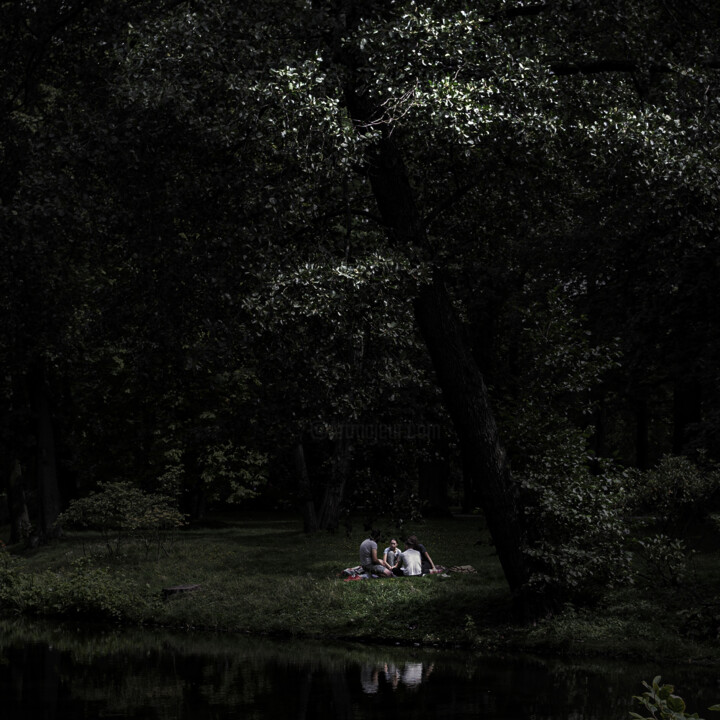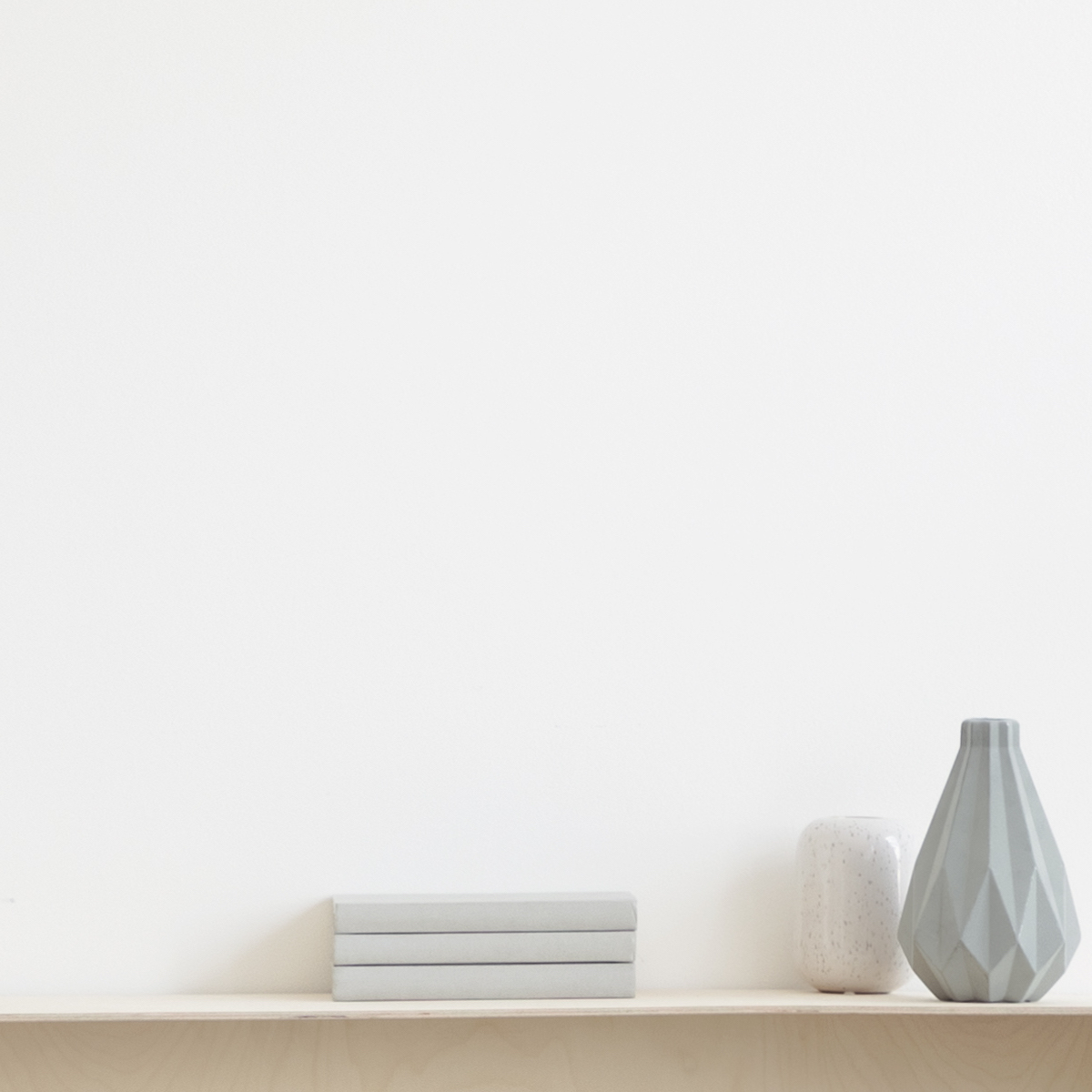


Laat het ons weten als je meer foto's van dit kunstwerk wilt zien!
- Achterkant van het werk / Kant van het werk
- Details / Handtekening / Het oppervlak of de textuur van het kunstwerk
- Kunstwerk in situatie, Ander...
BREAKFAST ON THE GRASS #2. AFTER ÉDOUARD MANET (2017) Fotografie door Marta Lesniakowska
Meer info
- Verpakking (Doos of kartonnen verpakking) Alle kunstwerken worden verzonden met een premium carrier, zorgvuldig beschermd en verzekerd.
- Tracking Opvolging van de levering tot aan de bezorging bij de koper. Er wordt een tracking nummer verstrekt zodat u het pakket in real-time kunt volgen.
- Vertraging Wereldwijde levering in 3 tot 7 dagen (Schatting)
- Douane niet inbegrepen De prijs is exclusief douanekosten. De meeste landen hebben geen invoerbelasting voor originele kunstwerken, maar het kan zijn dat u de verlaagde btw moet betalen. Douanekosten (indien van toepassing) worden bij aankomst berekend door het douanekantoor en worden apart in rekening gebracht door de vervoerder.
Meer info
- Volgbaar online certificaat van echtheid Echtheidscertificaten kunnen op elk moment online worden geverifieerd door de code van het kunstwerk te scannen.
- Certificering van de Kunstenaarswaarde De experts bestuderen het werk en de carrière van een kunstenaar om een onafhankelijke en vetrouwbare gemiddelde waarde vast te stellen. De gemiddelde waarde stelt de kunstenaar in staat zich voor een bepaalde periode in een prijsklasse te plaatsen. Ook kan aan de deskundige gevraagd worden om een precieze schatting te geven voor een specifiek werk.
Meer info
100% veilig betalen met SSL-certificaat + 3D Secure.
Meer info
-
Origineel Kunstwerk (One Of A Kind)
Fotografie,
Digitale fotografie
/
Niet gemanipuleerde fotografie
op Papier
- Dimensies Hoogte 15,8in, Breedte 15,8in
- Staat van kunstwerk Het kunstwerk is in perfecte staat
- Framing Dit kunstwerk is niet ingelijst
- Categorieën Foto's onder US$ 5.000 Conceptuele Kunst Woud
Drugim źródłem tej fotografii jest romantyzm i jego strategia teatralizacji obrazu. Na polanie otoczonej ramą mrocznego lasu niczym w płótnach Caspara Davida Friedricha obserwujemy czworo siedzących na trawie osób. To punctum obrazu. Grupa znajduje się w głębi obrazu, odgrodzona od widza wodą jak proscenium w teatrze. Punktowe, pochodzące spoza kadru górne światło zakłóca pozornie sielankową scenę, wytwarzając mroczną, niepokojącą aurę jak w film noire i kinie katastroficznym: ktoś/coś obserwuje tych ludzi ?
Te przywołania i przetworzenia nie są przypadkowe: w moim „pamiętającym spojrzeniu” badam problem polimorficzności romantyzmu w aktualnej sytuacji jego „zmętnienia znaczenia” jako projektu niedokończonego Innej nowoczesności.
Moja fotografia jest więc reinterpretacją i rewizją zarówno romantyzmu, jak impresjonizmu i jest ufundowana na podejściu komparatystycznym, które jest możliwe także w procesie wytwarzania obrazów. Pozwala to wydobyć na powierzchnię naszej współczesności ciągle wyłaniające się fragmenty impresjonistyczne i romantyczne, ich skamieniałości, okruchy, ślady niczym w archeologicznych odkrywkach. Tym samym pozwala to przyjrzeć się zjawisku „powrotu romantyzmu” w dzisiejszym czasie postromantycznym. (ml)
Fotografia reprodukowana na okładce "Artmajeur Magazine" 2023 nr 26,
zamieszczony w tym numerze artykuł:
Olimpia Gaia Martinelli, Portrait d'Artiste:Marta Lesniakowska, p. 38-40.
The photography in the 'Appropriated Images' series transmediates with two artistic traditions. Firstly with the iconic canvas of Impressionism, Eduard Manet's 'Breakfast on the Grass', referring to the culture of leisure, discovered in the 19th century and now set in a 21st century context. The washed-out murkiness of digital photography provocatively rejects the programmatic Impressionist 'pure' colour of Manet's painterly canvas. In this way, it becomes literally/materialistically and yet metaphorically an image of passing time and of a flawed memory that sublimely but nevertheless inaccurately evokes a seemingly well-known original, whose 19th-century semantics are also being obliterated. My 'Breakfast...' is thus embedded in the well-known discourse on photography as index, trace, imprint, archive, inscribing itself in the current of photography-art dialoguing and redefining Roland Barthes' concept.
The second source of this photography is Romanticism and its strategy of theatricalising the image. In a clearing surrounded by the frame of a dark forest, as in the canvases of Caspar David Friedrich, we observe four people sitting on the grass. This is the punctum of the painting. The group is in the depths of the painting, separated from the viewer by water like a proscenium in a theatre. A pinpoint overhead light coming from outside the frame disturbs the seemingly idyllic scene, producing a dark, disturbing aura as in film noire and disaster cinema: someone/something is watching these people ?
These evocations and transformations are not accidental: in my 'remembering gaze', I explore the problem of the polymorphousness of Romanticism in the current situation of its 'opacity of meaning' as an unfinished project of the Other Modernity.
My photography is thus a reinterpretation and revision of both Romanticism and Impressionism and is founded on a comparative approach that is also possible in the process of image-making. It makes it possible to bring to the surface of our contemporaneity the continually emerging Impressionist and Romantic fragments, their fossils, crumbs, traces as if in archaeological excavations. Thus, it allows us to look at the phenomenon of the 'return of Romanticism' in today's post-Romantic time. (ml)
Photograph reproduced on the cover of "Artmajeur Magazine" 2023 No. 26, featured article in this issue:
Olimpia Gaia Martinelli, Portrait d'Artiste:Marta Lesniakowska, p. 38-40.
Collector's photography, colour. Digital print on Hahnemuhle Photo Rag Baryta 315g (semi-flash), archival paper, acid-free. signed on the front and on the back . dated 2017/print 2022 life time print. Format 40x40 cm in the image light, paper 50x50 cm frame. Not glued. Certificate of Authenticity. Without damages. Ref. archive file: DSCF8989.raw
Marta Lesniakowska is beeldend kunstenaar, maar tegelijkertijd ook historica en kunstcriticus, ze doet onderzoek naar beeldcultuur. Dit is wat zijn benadering van fotografie bepaalt: een strategie van de "blik die onthoudt", die vertrouwde beelden uit de kunstgeschiedenis oproept om ze over te dragen/intertextualiseren. Haar dialoog met hen bestaat erin zich af te vragen of het mogelijk is hun betekenissen op te roepen en wat ze vandaag zijn of kunnen zijn. Ze is gefascineerd door licht - de rol ervan in de constructie van het beeld, het parergon dat het beeld creëert. Daarom analyseert ze in straatfotografie het samenspel van licht en donker, de relatie tussen scherpte en onscherpte en het doordringen van beelden als gelijktijdige realiteiten. Zo brengt ze het mysterieuze karakter van de stad naar voren, verwijzend naar de esthetiek van de zwarte cinema en naar de meester van de 20e-eeuwse straatfotografie, Saul Leiter.(ml)
Als ze fotografeert, is niets meer of minder belangrijk voor haar; zijn blik wordt vaak beheerst door de principes van minimalistische dichters: een economie van detail, de ontdekking van subteksten en insinuaties die verborgen zijn in onzichtbare objecten en stukjes alledaagse realiteit.
Marta Lesniakowska woont en werkt in Polen. Zijn werken maken deel uit van openbare collecties (Nationaal Museum in Wroclaw, Museum van Bydgoszcz) en privécollecties (Nederland, Denemarken, Duitsland, Zweden, Zwitserland, Verenigde Staten).
-
Nationaliteit:
POLEN

- Geboortedatum : onbekende datum
- Artistieke domeinen: Werken van professionele kunstenaars,
- Groepen: Professionele artiest Hedendaagse Poolse Kunstenaars







